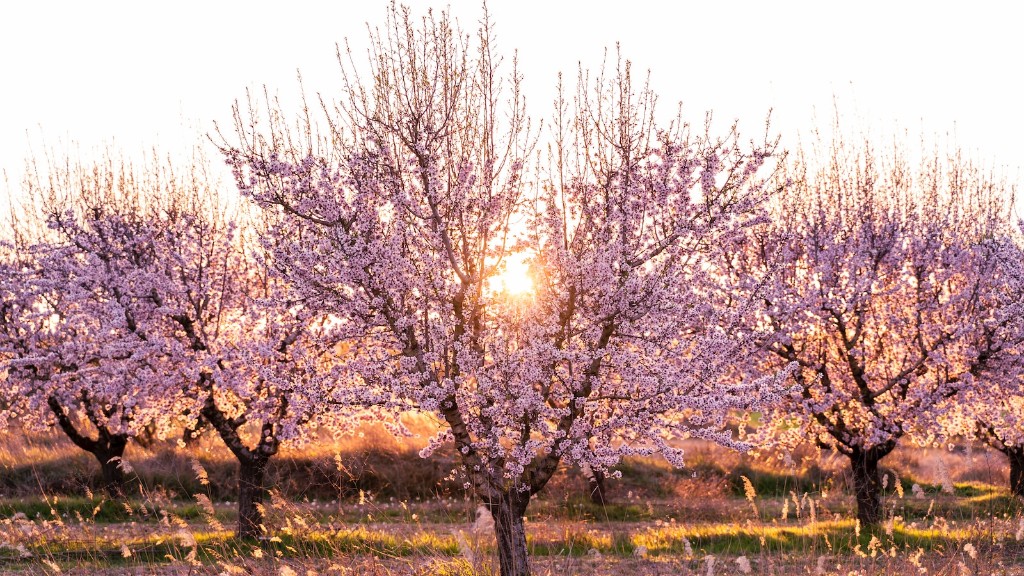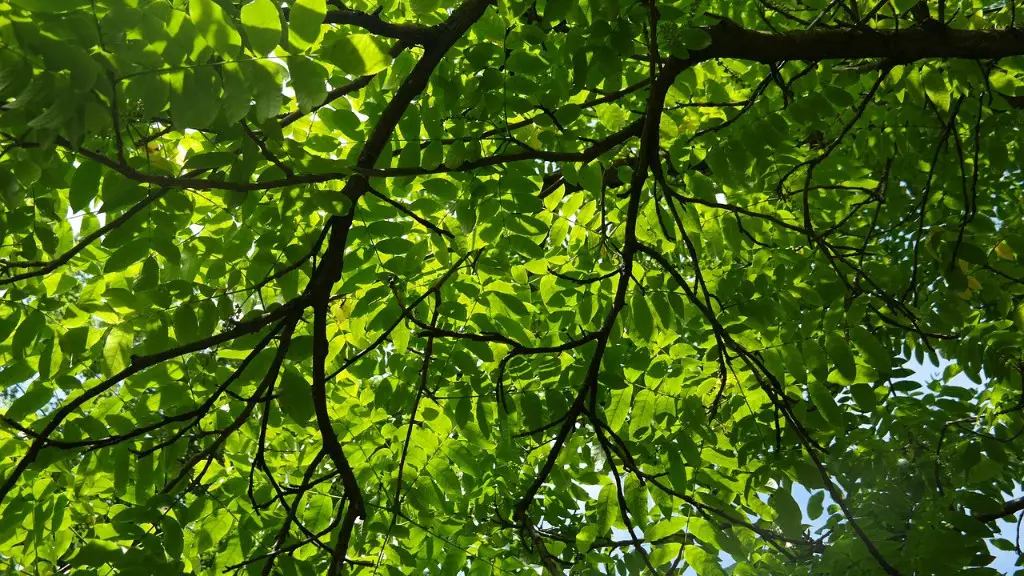Weeping cherry trees, also known as Japanese weeping cherry, are beloved ornamental trees as they are easy to care for, offer gorgeous flowers in shades of white and pink, and can add a picturesque quality to any home or garden. Despite their many benefits, these trees do have one unexpected trait: oozing sap. As it turns out, there are quite a few reasons why these trees might start to “weep” sap.
The first and most obvious reason for weeping cherry tree sap is a wound on the tree. Whether it is from accidentally pruning a bit too heavily, cutting it to shape it, or from a collision with something stationary or in motion, the tree is naturally going to try to heal itself. Most of the time, these trees and the sap that they produce do an excellent job at protecting them against pests, fungal diseases and environmental stress until these issues have been resolved.
Beyond the natural healing process, weeping cherry tree sap can also be a sign of stress. Drought and extreme temperatures can be stressful for these trees, and trying to cope with the strain by producing more sap is one way that the tree can signal that it is struggling. The sap might also be produced from a sudden change in the environment, such as when a gardener changes the amount of fertilizer, irrigation, or the trees exposure to sun.
It’s important to note that most cherry tree sap is harmless, and the amount produced is usually so small that it can go unnoticed. However, experts caution that if the tree starts to produce an excessive amount of sap, it is best to attempt to ascertain the root cause of the issue and take steps to resolve it. The best way to do this is by consulting an arborist – a professional who specializes in the care and maintenance of trees – to get an expert opinion on the tree’s needs, then follow their advice.
Cherry Tree Disease
The presence of sap in a weeping cherry tree can be a sign of disease. Two common diseases among these ornamental trees are bacterial canker and Crown Gall. Bacterial canker is a disease that causes lesions on the bark and stems of the tree, and it can lead to a dark sap being produced from the weeping cherry tree. Crown Gall is a bacterial disease that also affects these trees, causing stems and branches to be girdled and eventually removed from the tree for treatment. Fortunately, both of these diseases are treatable, and an arborist will be able to tell if a tree’s symptom of sap indicates disease or another issue.
Preventing Sap From Weeping Cherry Trees
The best way to prevent sap from being produced from a weeping cherry tree is to ensure that the tree is being properly cared for. This includes keeping it in a sunny location, watering it adequately and regularly, and using insecticides as needed. If a tree is not getting enough water, it can start to ooze sap in order to protect itself; too much water, however, can also cause excessive sap production. Therefore, it is important to keep a close eye on the amount of water and sunlight the tree is receiving, and adjust accordingly.
Fungi Infestation
Weeping cherry trees can also be impacted by fungi. Fungi can cause a variety of problems, such as spots on the leaves and a sticky, brownish sap that is secreted from the tree. This sap is often accompanied by a musty odor, and it is beneficial to get it treated as soon as possible in order to avoid further damage to the tree. Consulting an arborist is the best way to determine the cause of the oozing sap, as well as the solution for treating it.
Catkin Infestation
Finally, weeping cherry tree sap can be caused by an infestation of catkins. Catkins are small, insect-like creatures that feed on the leaves and stems of trees, and they can be quite destructive. They often produce a sticky, white sap that resembles instant glue and is secreted from the tree in order to protect itself. There are a variety of solutions available for treating catkin infestations, such as insecticides, so be sure to consult an arborist for the best option.
Pruning the Tree
Prune the tree in order to improve air circulation, reduce the risk of disease and pests, and help the tree look its best. Pruning can also prevent the tree from producing excessive amounts of sap by limiting areas for pest and disease growth. Be sure to prune the tree carefully as over-pruning can cause damage to the tree.
Proper Nutrition for Weeping Cherry Trees
Weeping cherry trees need adequate nutrition in order to remain healthy. Fertilizing a weeping cherry tree with the proper nutrients can help to keep it from producing excess sap, as well as aid in disease prevention. The fertilizer should contain a balance of nitrogen, phosphorus, and potassium, as well as other trace nutrients. Fertilizing the tree according to the labeled instructions is the best way to provide proper nutrition.
Insect Infestation Control
Insects can be a major problem for weeping cherry trees if not controlled properly. There are many different types of garden pests that feed on the leaves and bark of the tree and can cause sap to be secreted from the tree to try and protect it. Insect control products can be used to help prevent and control these pests, such as chemical sprays, sticky-trap cards, and insecticidal soaps. It is important to follow the directions on the product label in order to ensure proper use and safety.
Safety Precautions to Take
Take the necessary safety precautions when pruning or treating a weeping cherry tree. Wear protective gloves, goggles, and a face mask when using pesticide or fungicide products to protect yourself from any harmful chemicals. This is especially important when treating pest or disease problems, as the chemicals can be toxic. Also, make sure to keep children and pets away from the treated areas until dry.

